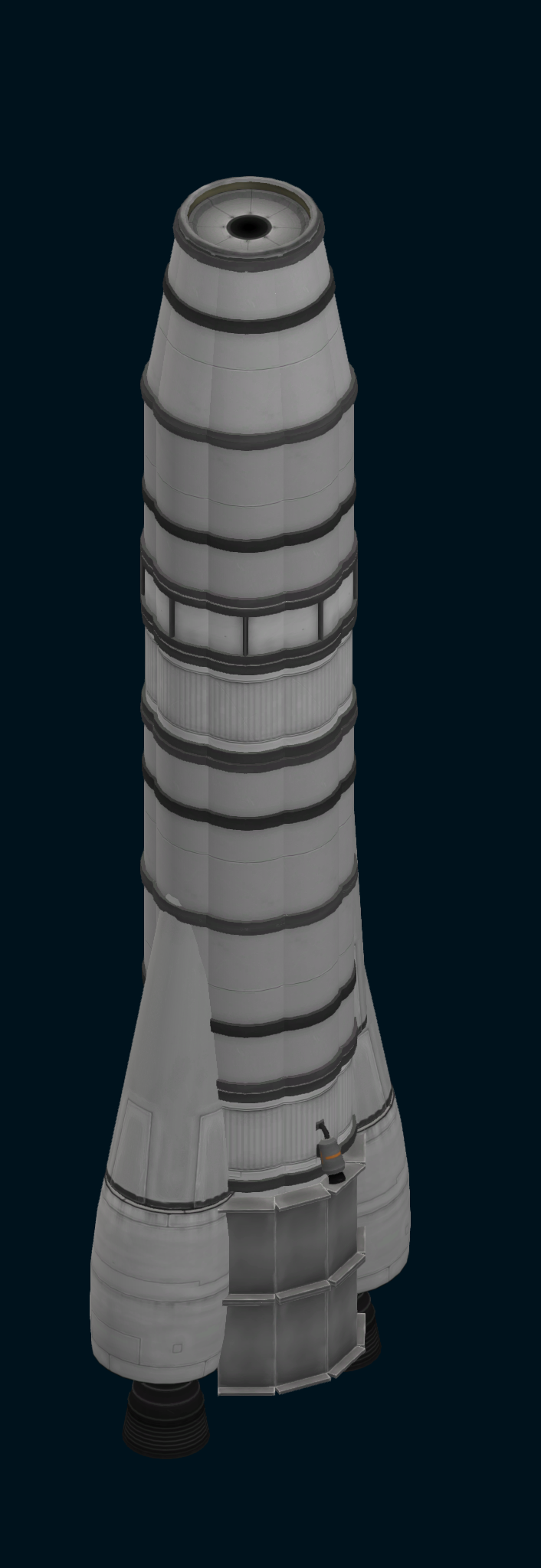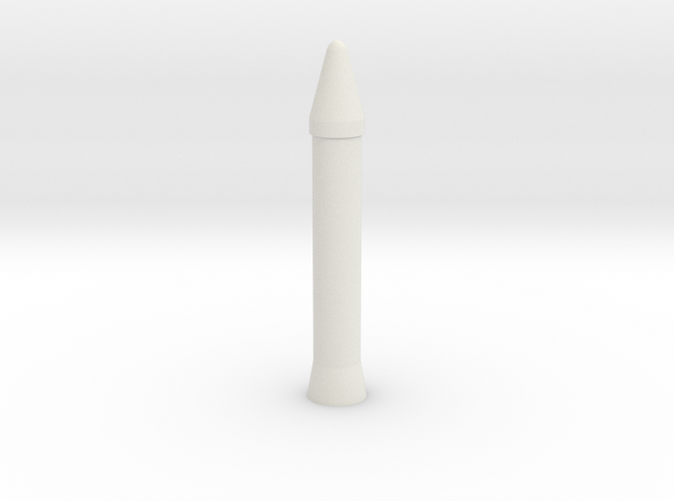

MIDAS 9 achieved the desired 2000 nm orbit, but one of the two Agena solar arrays did not extend. Two deployable solar arrays were mounted on the aft equipment rack of the Agena-B to provide power. The Agena-B upper stage of the Atlas-LV3 Agena-B launch vehicle was used as the spacecraft bus and provided power and attitude control to the MIDAS payload. The remaining three launches used actual Atlas-Centaur vehicles.
#Atlas agena payload series
The basic spacecraft remained unchanged from the Series II, except for reliability upgrades. The first OAO (launched April 8, 1966) used a one-off Atlas variant, mating an Agena D to the LV-3C variant of the Atlas and encased in a Centaur-type payload shroud. The 2.7-micron system provided both spectral and spatial background rejection, and emphasized boost phase detection of missiles in the "Atlas class." The telescope rotated on its spin table at 6 rpm, like its Baird-Atomic predecessor.

The detector array on the surface of the focal-plane assembly contained 184 lead sulfide detectors arranged in eight vertical columns of 23 detectors each which provided complete vertical coverage of a 24-degree 58-minute field of view.

It featured a Bouwers concentric telescope with an 8-inch aperture. The Series III carried an improved Aerojet-General infrared payload. However, the launch vehicle family was originally developed for the Air Force and most of its launches were classified DoD payloads. The mission was over after five orbits.The MIDAS Series 3 (Military Defense Alarm System) satellites, MIDAS 6, 7, 8, and 9, were the third development models for the MIDAS early warning system. Only limited payload data was obtained before a power failure occurred in the Agena. One of the two solar arrays had failed to deploy properly. Originally, Thor was designed as an intermediate-range nuclear ballistic missile (IRBM) in 1956. Thor was the first vehicle available to carry Agenas. Atlas was used to launch heavily modified Agena stages, known as Agena Target. The Agena-2000 was intended as a modernized Agena, and would have been used on the Atlas V Light Evolved Expendable Launch Vehicle. An Agena-C with an increased diameter was proposed, but never built. The last of those missions was launched on 6 April 1978. At first, the Agena vehicle was meant to be launched by Atlas boosters, but the 1957 Soviet launch of Sputnik - the first satellite - sped up the U.S. Perhaps the most famous payload launched on the shoulders of Atlas was the. In the early 1970s Lockheed studied the use of Agena as a payload booster in the Space Shuttle payload bay. The Atlas-Agena was an American expendable launch system derived from the SM-65 Atlas missile. As noted earlier, the Test Group's SLV-III Division supported classified ATLAS/AGENA missions from Complex 13 during the 1970s. On 12 July 1961, the Atlas booster carrying MIDAS 3 lifted off from Vandenberg AFB and successfully reached a 3400 km circular polar orbit. The combined weight of the ATLAS/AGENA (minus payload) was approximately 292,000 pounds. The increased tankage and a new dual-burn rocket engine would permit reaching a planned circular polar orbit at an altitude of 3400 km, the orbit then considered most appropriate for an operational constellation of MIDAS satellites. our latest combination rocket Atlas-Agena, is approximately 5,000 pounds. The Agena-B was nearly twice the length of its Agena-A predecessor. We know that the Soviet booster can put payloads of the order of several tons. The Agena-B upper stage of the Atlas-LV3 Agena-B launch vehicle was used as the spacecraft bus and provided power and attitude control to the MIDAS payload. The structural damping ratio of the first cantilever mode of Atlas Agena 461 and 698 BJ varied between a high of 2.14 percent and a low of 0.57 percent. The Atlas - Agena payload capability might be increased by either. MIDAS Series 2 carried a new infrared payload built by Baird-Atomic, one that featured 175 detectors capable of sensing ICBM targets at a maximum slant range of 4200 nm, The payload was designed to scan at a rate of 6 rpm, a rate of rotation three times faster than the Series I payloads. The Atlas - Agena, currently in production, has a capability range in a 30 - degree. The MIDAS Series 2 (Military Defense Alarm System) satellites, MIDAS 3, 4, and 5, were the second development models for the MIDAS early warning system.


 0 kommentar(er)
0 kommentar(er)
